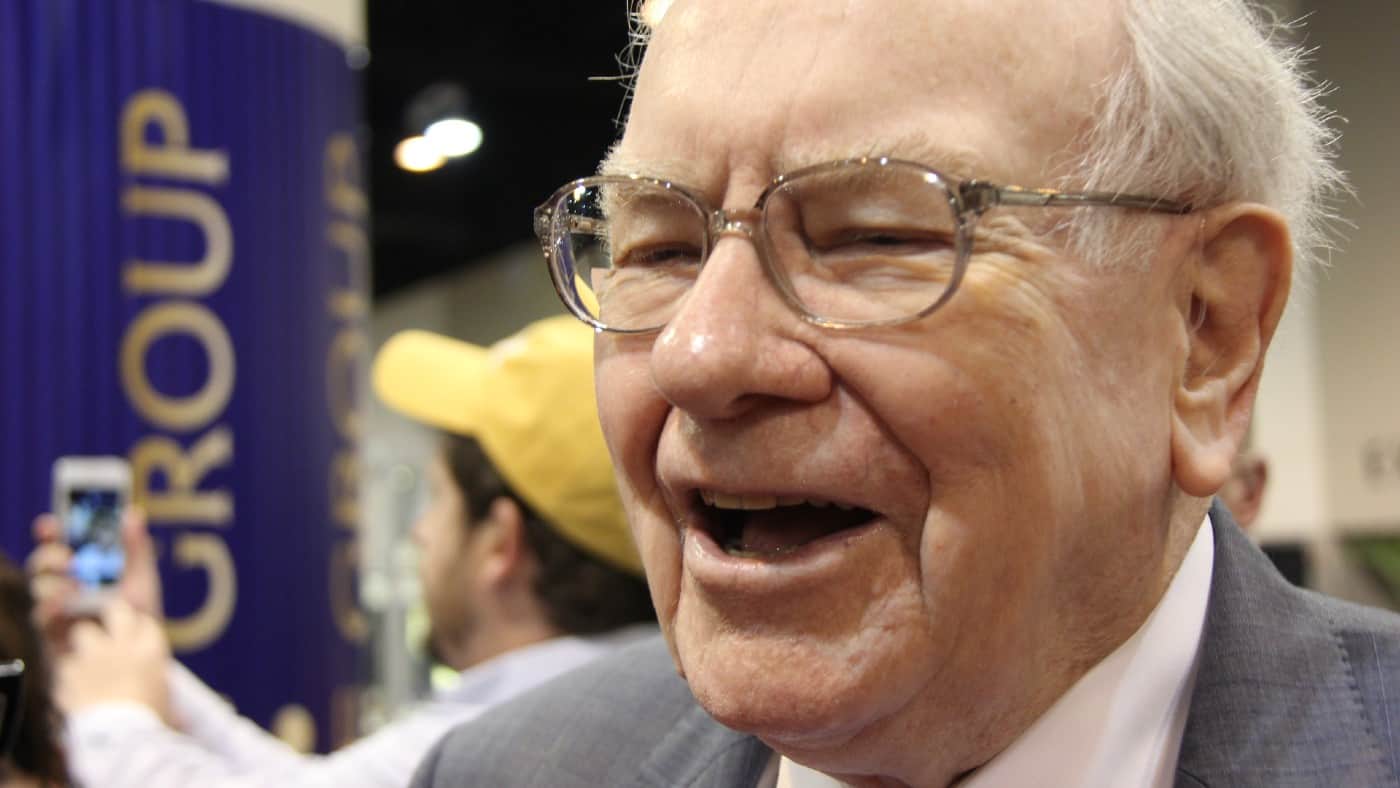
Bus and train fares in Singapore will go up by 10 cents per journey for adult commuters from Dec 28. How are public transport fees calculated and what is the role of government subsidies? Steven Chia and Crispina Robert get Assistant Professor Terence Fan from the Lee Kong Chian School of Business at the Singapore Management University, and Dr Raymond Ong, from the Department of Civil and Environmental Engineering at NUS to explain. Here's an excerpt from the conversation: Crispina Robert: When (our intern) Yan Yun spoke to people, one of the things they said is that 10 cents seems like a small amount, but one point they brought up was that, unlike food - where they can choose to eat something cheaper - train and buses, they have no choice.
And eventually, it adds up. Terence Fan: One of the silver linings with all these new rail lines, and then there (are) also some bus realignments here and there, is that, actually, I hear that for some people, because there are now multiple pathways that get to the same point and from the same place, you choose the right way, which means a shorter distance. Crispina: Steve, you found out about your kids' fares? Steven: My kids, 70 cents is the regular fare.

But, if they go in pre-peak before 7:45am they get 50 cents off, which means it's 20 cents a ride! I was like, "You are forever taking the MRT to school. I'm not sending you anymore." Terence: That's true.
I think for the CBD also, right? So it's not just for the kids, it's for everybody. Steven: But if we look at this, yes, 10 cents seems like it could be a bit, but when we look at the rest of the world, actually, it's still (affordable). I do that comparison and it does feel like we're still getting a pretty good deal.
Terence: Steven: Do we have to worry that at some point, one day, they may say, "Okay, that 18.9 per cent now has become 25 per cent, and we've got to put it all in because the government says we're short of money." Then that will happen, right? Terence: Well, let's not forget that in some components of the fare, there is this thing called the energy index.
In the past 10 years, around 2016 there was actually a drop in the energy costs, and also in the year 2020. It is not inconceivable ..
. Crispina: Which means it's not inconceivable for fares to go down too? But that's not going to happen, though? Terence: Find more episodes of Deep Dive here . A new episode of Deep Dive drops every Friday.
Follow the podcast on Apple or Spotify for the latest updates. Have a great topic for us? Drop the team an email at cnapodcasts [at] mediacorp.com.
sg.










